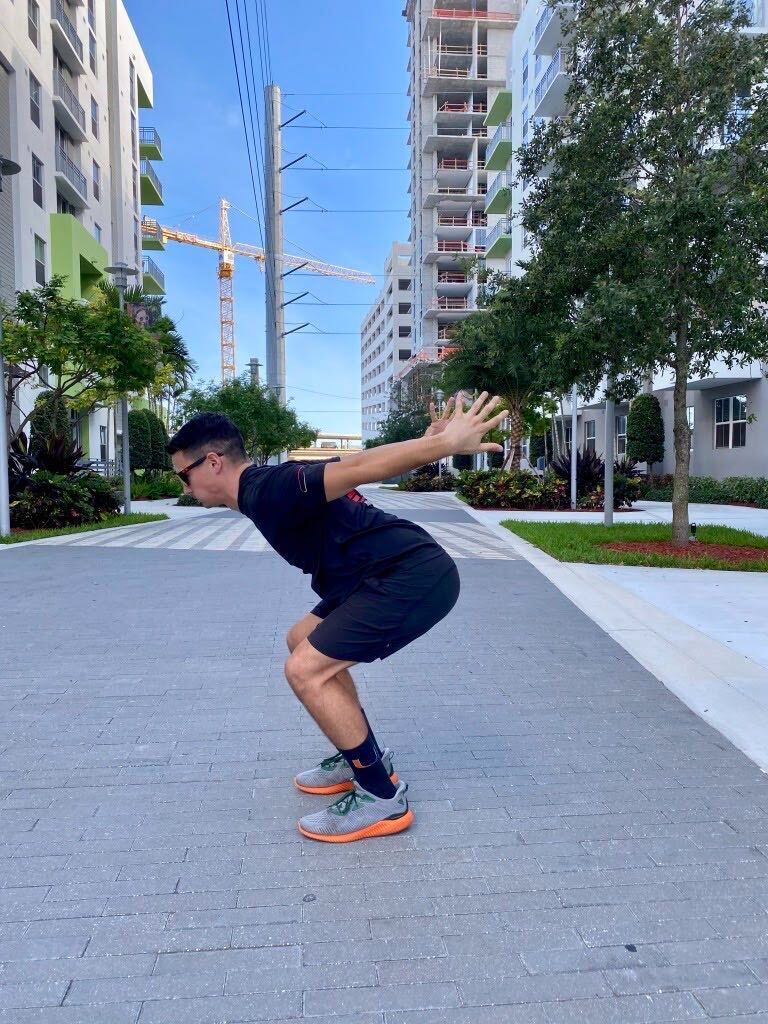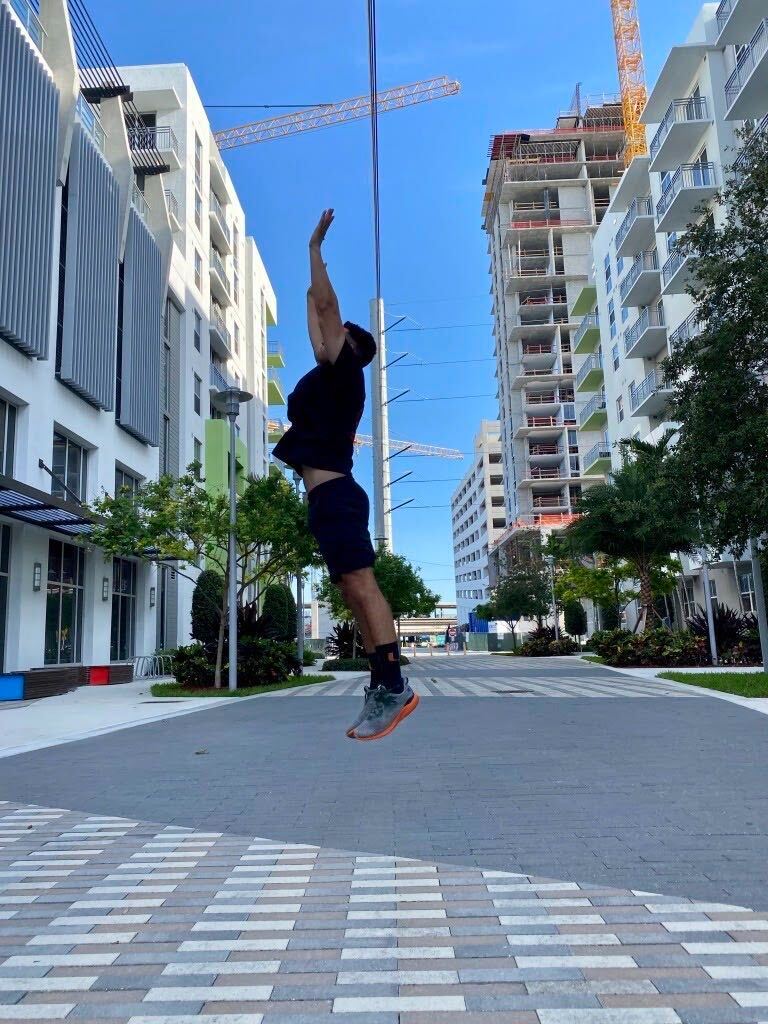Plyometric Training (Part 1)
The Importance of Plyometric Training
The goal of plyometric training is to enable a maximal muscle contraction in the shortest time possible. The rate of the contraction is the main factor that makes an exercise plyometric. The rate of the stretch matters more than how much it is actually stretched. For example, if the stretch of a muscle is too slow, it will not stimulate the stretch reflex in the stretch-shortening cycle to facilitate a maximal contraction as the loading phase needs to happen as fast as possible for it to be considered a plyometric exercise.
Benefits of Plyometric Training
This type of training is meant to improve explosive power, and power is defined by the speed of the movement. The rate of the stretch will facilitate the elastic response into a maximal contraction.
- Power = force x velocity.
This type of exercise will also enhance neuromuscular coordination and motor unit recruitment. Improved power, coordination, and dynamic stability will result in reduced risk of injury.
Who Should Perform Plyometric Training
Plyometric training can be very beneficial to use in both rehabilitation, return to sport, and performance training. Plyometrics can help to develop appropriate strength, power, and tendon stiffness to prepare for the demands of running, cutting, and jumping. In addition, it can help to prevent injury and improve performance during off-season training programs.
However, there are some people that should NOT be performing these exercises. Absolute contraindications for plyometric training include acute pain or inflammation, recent surgery, or joint instability. If you fall into this category you should absolutely not be doing this type of training at this time. Relative contraindications are arthritis, bone bruise, chondral lesion, or musculotendinous injury. Above all, patients who have relative contraindications may be appropriate for this training but should proceed with caution.
Phases of a Jump

- Loading Phase (eccentric)
- Start with a rapid arm swing backward and your knees bent to about 45 degrees. Load the hips backward, and angle the trunk and shin forward enough to make shoulders, knees, and toes in-line with each other.
- This phase needs to be a short and quick stretch of the working muscles to stimulate the response of the stretch-shortening cycle, thus enhancing force production when compared to a muscle contraction without a quick stretch.
- Coupling Phase (isometric)
- The coupling phase is a known as the amortization phase and is where all the magic happens. The muscle actually does not change length here, but the transmission from eccentric to concentric contraction causes the increase in elastic energy potential. Elastic energy potential is free to use and does not cost you anything. You must be mindful of this phase being too slow. The energy can be lost and the jump will not be as high as a result.
- Unloading Phase (concentric)
- Maximal contraction of the muscles occurs after the buildup of the first 2 phases.
- Flight occurs – look/reach up as high as you can to achieve maximal vertical distance.

Conclusion
To sum up, are you experiencing any pain while jumping or looking to improve balance and performance? Symmetry Physical Therapy is here to help! Physical therapists are the only movement experts in the healthcare system, and have the knowledge required to assess movement dysfunction.
Our Doctors of Physical Therapy can conduct a comprehensive biomechanical assessment to identify any faults in your movement patterns which may lead to injury or inhibit your performance. If you would like a complimentary phone consultation contact us!
